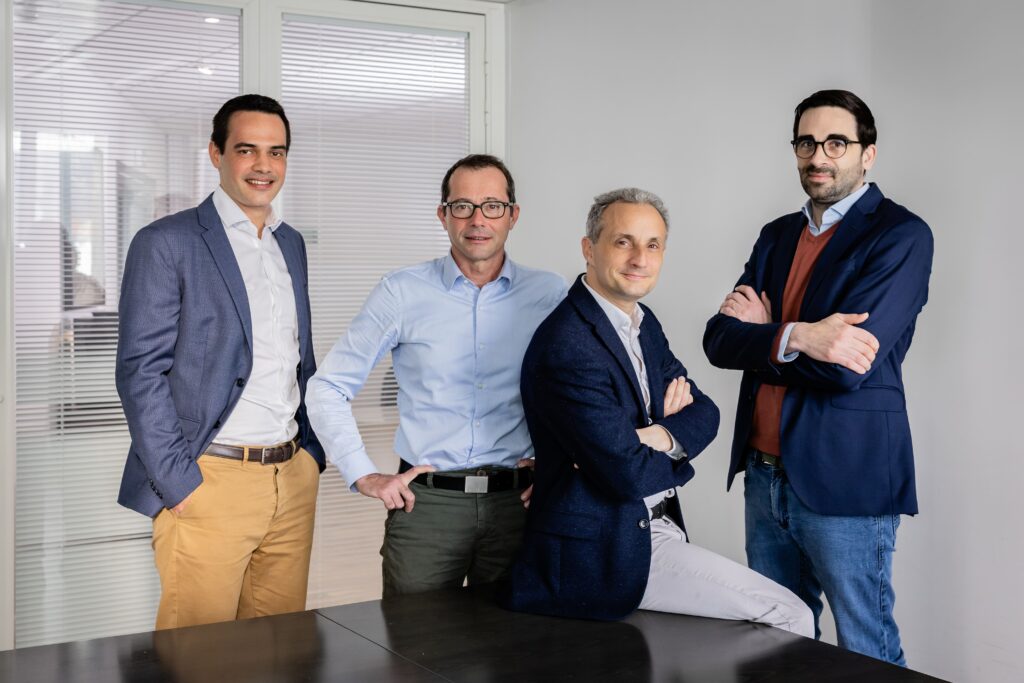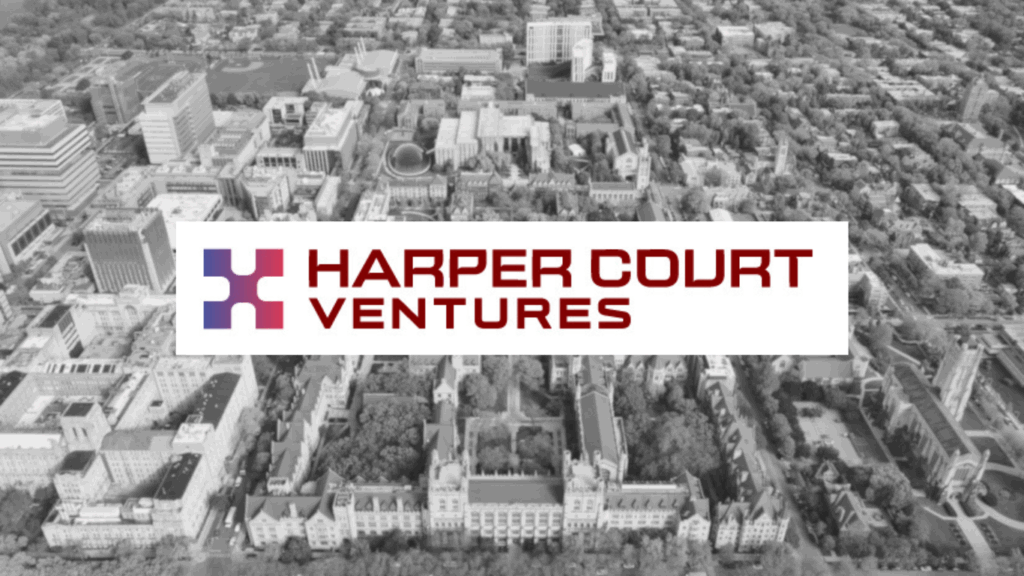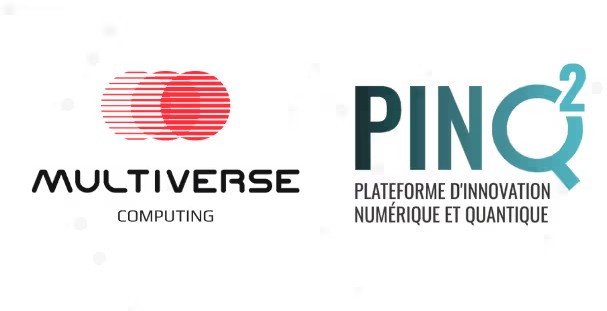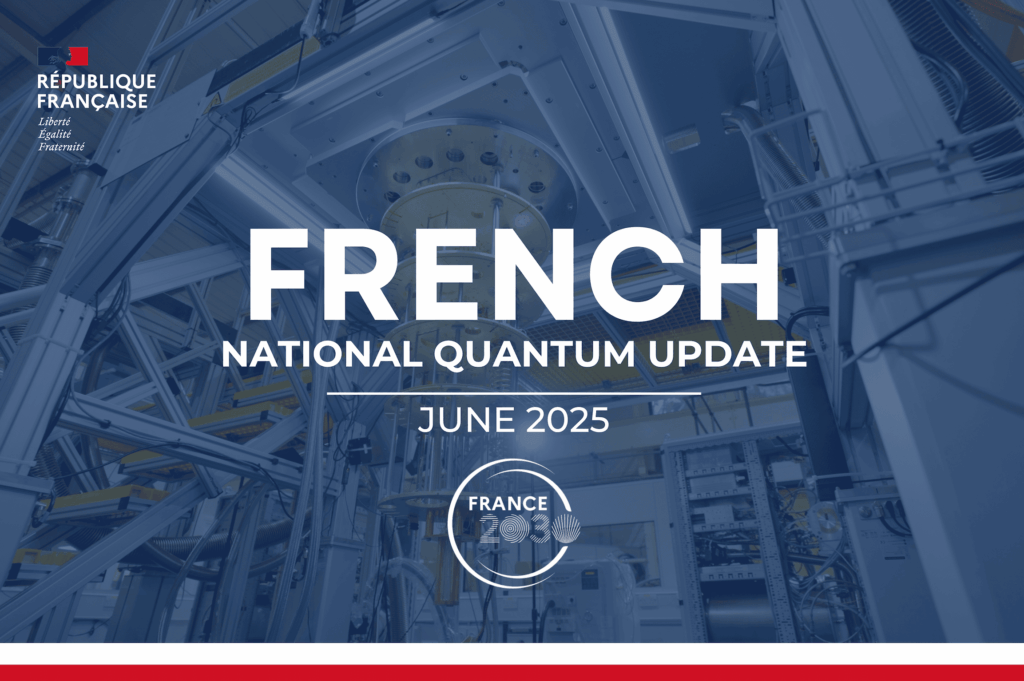Insider Brief
- PsiQuantum announced a new technique that could lead to more fault-tolerant quantum computations.
- The company reports the technique led to a 50X improvement in the run-time efficiency of compiled applications.
- This technique particularly favors photonic quantum computing.
PRESS RELEASE — PsiQuantum announced a new technique for more efficiently implementing fault-tolerant quantum computations. The company expects this technique to deliver approximately a 50X improvement in the run-time efficiency of compiled applications.
This technique specifically targets algorithms for error-corrected quantum computers, as opposed to non-error-corrected NISQ systems. ‘Active volume compilation’ reduces the time taken to run a given application, through more efficient use of the available hardware. This is achieved by utilizing long-range connections between different regions in the quantum computer. This technique particularly favors photonic quantum computing, where long-range connections can be achieved using conventional optical fiber.
PsiQuantum’s developments allow computational resources that would otherwise sit idle (‘inactive computational volume’) to be more usefully repurposed. In many commercially useful applications using quantum algorithms, this has significant repercussions on hardware runtime and efficiency. It is estimated that optimizing active volume can deliver an approximate 50X improvement in the operations required for some algorithms.

Pete Shadbolt, Chief Scientific Officer and Co-Founder of PsiQuantum, said: “This is a very significant achievement by our fault-tolerance team. A 50X improvement means that a quantum application which would have previously taken a month to execute on a future photonic quantum computer, would now run in less than a day.”
The improvements delivered are generalizable to many different quantum algorithms of practical importance. This brings a wider diversity of useful quantum applications within the range of future quantum computing technology.
One specific worked example occurs in code-breaking situations such as those involving the application of Shor’s algorithm. Under assumptions given in the preprint paper by PsiQuantum, it is estimated that by using this technique, the time taken to break the very strong (2048-bit) encryption RSA key is reduced to around nine hours on a future photonic quantum computer running with a 1ns operation cycle. While the company continues its development of the large-scale fault tolerant quantum computer required to execute this application, this result dramatically reduces the demands on that future system.
The approach has additional implications for the optimal use of quantum computing more broadly. As described by Naomi Nickerson, VP Quantum Architecture of PsiQuantum:
“This development also has implications given the ability of photonic quantum computers to exploit trade-offs between computing resources and computing runtime. The active volume technique reduces the computational time required and this can be translated into reduced hardware resources using techniques like photonic interleaving. This is also likely to be of practical importance in allowing programs to run in the same time using less hardware.”
“Though the advantages of this approach can be realized with any technology able to connect distant qubits, this is challenging for many of the current approaches, and active volume architectures are particularly suited to photonic qubits connected using optical fiber.”
“We believe that this result will be significant in the ongoing and world-wide effort to analyze known quantum algorithms against specific problem instances, finding optimal ways to compile them. These implementation details are crucial when aiming to deliver commercially useful applications.”
Jeremy O’Brien, Chief Executive Officer and Co-Founder of PsiQuantum, remarked: “This improvement is another step bringing useful quantum applications within the scope of near-future hardware and is extremely exciting. We have a talented team of quantum architects and quantum engineers dedicated to optimizing software for utility-scale quantum computers. We expect to see resource requirements continue to drop alongside our hardware improvements.”
For more market insights, check out our latest quantum computing news here.
















